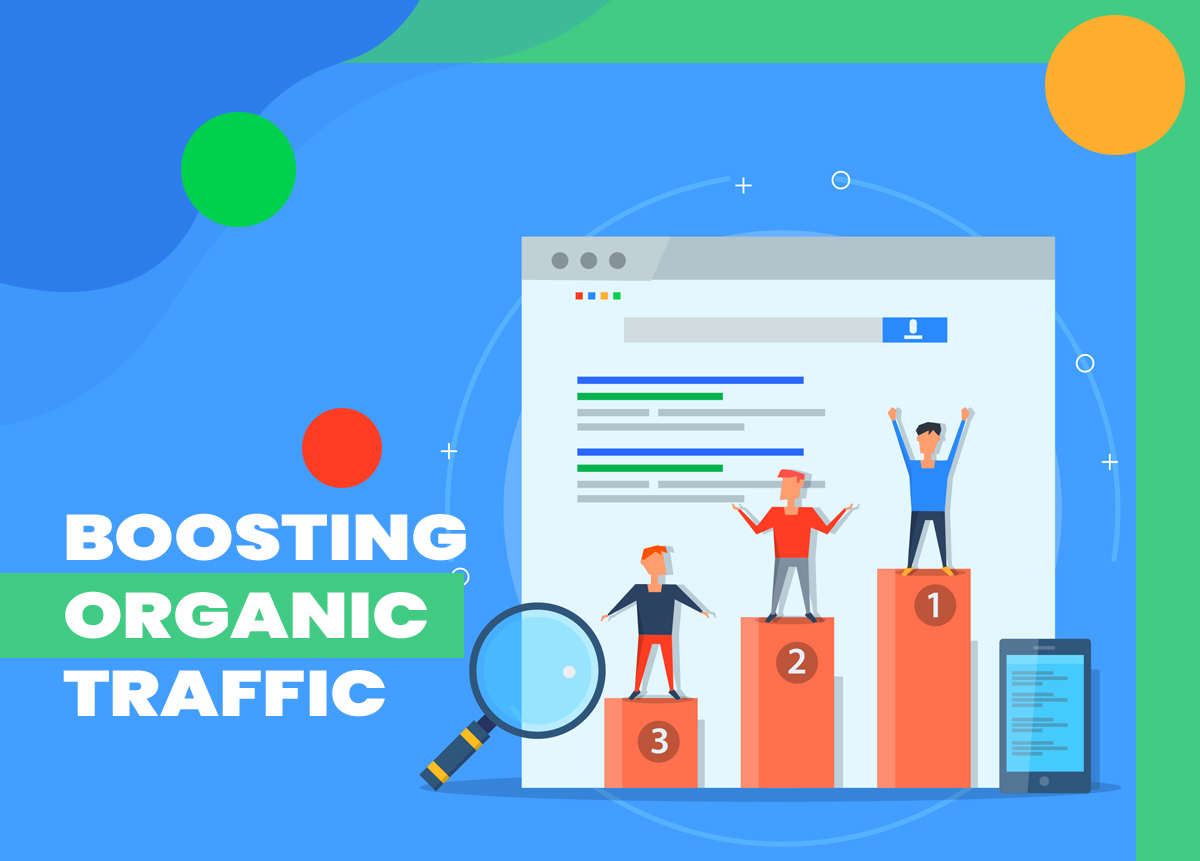Refreshing and republishing old content is one the most effective and efficient ways of improving the organic traffic to your site. Chances are you have some content underperforming or posts that haven’t been updated in at least two years, but all hope isn’t lost, with a couple of fixes here and tweaks there, you’ll be able to boost your content rankings and generate all the results you want.
You could be missing a lot of opportunities if you are just letting your old content sit around. In this post, we will explain why and how you should consistently update content to boost traffic and improve SEO with minimal effort.
1. Combine average-performing content
While there are top pages that every content marketer wants to keep current, one way to maximise SEO is to look for two posts that are generating a moderate level of traffic and find a creative way to combine them.
A lot of content marketing teams are already taking advantage of this. By looking for old posts with similar themes, topics or concepts, you’d find that some perform better in terms of search engine ranking, traffic generation and audience interaction. You can then add the content from the weaker posts to the better-performing one to create an updated blog post.
This is also a means to avoid publishing similar content every couple of years which usually wears down traffics and rankings. By merging the posts, you are getting rid of thin content while creating more significant, more reliable content at the same time. Your site is refreshed, and you’re better off for it.
2. Update the current year
One of the first emotions you want to generate in your readers is a sense of trustworthiness in your content. There are a couple of things that can put them off: lousy sentence construction, grammatical errors, a non-user-friendly landing page, one thing that can quickly turn them off is an old date.
According to Daniel Ashton, titles with the year in them have a higher click-through rate. This suggests that with every new year, you should make relevant updates to the article. Also, make sure to change the title to include the date.
For example, you can change a blog title from ‘How to Grow a Channel on YouTube in 2O18’ to ‘How to Grow Your Channel on YouTube [2020 Updated]. This way, you get to publish the post again, causing your audience to re-engage with it and continually drive more traffic to it.
3. Let Go of Old Content
While a large number of your content can be tweaked and updated quickly, some of it cannot and only perform the function of taking up more space on your site. They range from: postings for old jobs, ex-employee profiles, information about services you no longer render and blog posts that are incredibly similar to other, more popular ones to any duplicate content whatsoever.
All of them need to go.
The best choice for handling these types of pages is a 301 redirect page. With this, you can direct your readers to an updated page on careers and job vacancies. You can turn people away from old products towards newer but similar ones. You can also direct them to blog post that performs better than the duplicate.
4. Add links to old content in new blog posts
One of the easiest ways to keep optimising and updating old blog posts is to put links to pre-existing content in your new posts. If this technique is used well, it will lead to users spending more time on your site as they go down a ‘rabbit hole’ of sorts.
And if you want to take it even further, you can have internal links to old content from your recently published content and from your new content to your old ones. This alone will drastically improve SEO because internal links help to guide search engines through your site.
5. Boost your keyword rankings
The primary thing to look out for when updating old blog posts is to check If the post is currently ranking well for keywords which hadn’t been the case the first time around. Look up which keywords a blog post is already ranking for. Then check whether those keywords have decreased or increased over the past couple of months.
The following tools will help in your research: Ahrefs, SEMrush and Google Search Console.
In conclusion
Updating old content is not at all hard. Make sure to check what your competitors are doing, add quotes by experts and add a few videos and images. In the end, you’re benefiting greatly because this whole process improves the experience of your readers and ultimately, the SEO of your website.






